I still remember the first time our Frosthaven party got absolutely demolished. We were four scenarios in, riding high on our Gloomhaven experience, when an unfortunate combination of monster draws and our own hubris left us staring at a table full of exhausted characters and triumphant enemies. As we packed up the pieces in silence, my friend Mike finally said what we were all thinking: “Maybe we don’t know this game as well as we thought.”
He was right. Despite having hundreds of Gloomhaven hours under our collective belts, Frosthaven’s harsh winter setting isn’t just thematic window dressing—it fundamentally changes the strategic landscape in ways that demand rethinking how characters work together. The environmental challenges, different enemy types, and new class mechanics create a different puzzle that requires more thoughtful party composition than its predecessor.
After that humbling defeat, our group spent an entire Sunday afternoon at my dining room table with character mats spread out, ability cards sorted into piles, and a whiteboard filled with hastily drawn diagrams of potential synergies. My wife Linda brought in sandwiches around hour three, took one look at our intense debate over whether the Banner Spear’s positioning abilities complemented the Deathwalker’s shadow generation, and wisely backed out of the room without comment.
That session changed everything. We rebuilt our party from scratch, focusing on how our characters could amplify each other rather than just individually survive. Six months and thirty-some scenarios later, I’m convinced that in Frosthaven, party synergy isn’t just helpful—it’s essential.
Gloomhaven veterans (I’m looking at you, person who’s reading this because you’re about to start a Frosthaven campaign) often bring certain expectations about class roles and party balance that don’t perfectly translate. The first thing I tell anyone switching from Gloomhaven to Frosthaven is to leave behind the strict tank/damage dealer/support paradigm. The harsh winter environment rewards flexibility and interaction more than specialized roles.
Take our second party composition, for instance. After our disastrous first attempt with a traditional balanced party, we experimented with a Blink Blade, Drifter, Banner Spear, and Geminate. On paper, this looked like it might struggle with healing, but the overlapping control elements created a situation where enemies rarely got to activate at full strength, making traditional healing less necessary. The Drifter picked up some minor healing capabilities, and suddenly we had a party that flowed together beautifully.
I’ve noticed that effective Frosthaven parties tend to form around one of three core synergy types: element generation/consumption, positioning manipulation, or condition application/exploitation. The most successful groups I’ve seen (both my own and those I’ve advised through the site) typically excel at one of these areas while having at least some capability in a second.
The element cycle in Frosthaven feels more integrated and necessary than it sometimes did in Gloomhaven. My friend Sarah’s group runs what I jokingly call an “element factory” composition with a Crashing Tide and Infuser at its core. The consistent element generation enables spectacular turns where multiple characters chain off each other’s elemental consumptions. The downside? They sometimes struggle when facing enemies that mess with element generation or in scenarios with particular elemental challenges.
Positioning synergy became my personal obsession after watching how effectively the Banner Spear can set up allies. In our third campaign (yes, I’m running multiple concurrent campaigns—my wife has infinite patience), we built around positioning with the Banner Spear and Blinkblade working together to constantly manipulate both ally and enemy positions. Add in the Deathwalker’s shadow manipulation, and we created a fluid battlefield control system that let us dictate exactly where every figure stood. The number of times we’ve avoided damage entirely by simply not being where enemies wanted us to be is remarkable.
The condition-focused approach is perhaps the trickiest but potentially most devastating. A party built around stacking and exploiting conditions requires more coordination between players but can create spectacular combo turns. One memorable scenario saw our Deathwalker and Drifter coordination apply four different conditions to the main boss in a single round, setting up the Banner Spear for a finisher move that nearly one-shotted what should have been a lengthy battle.
But party synergy isn’t just about mechanics—it’s about player styles too. This is something I didn’t appreciate enough initially. Tom, a regular in my Tuesday night group, is a methodical, risk-averse player who excels with the Banner Spear’s controlling style. Jason, on the other hand, loves aggressive, somewhat reckless play that perfectly suits the Blinkblade’s hit-and-run approach. When we aligned character capabilities with player temperaments, our overall effectiveness increased dramatically.
I’ve also found that Frosthaven rewards communication more than Gloomhaven did. The synergies are more intricate, the timing more crucial, and the margin for error smaller. Our most successful sessions involve more table talk about timing and coordination than we ever needed in Gloomhaven. I’m not saying you need a full battle plan for every turn, but a simple “I can move that enemy three spaces this round if someone can capitalize on it” makes a huge difference.
Through my site, I’ve received dozens of questions about the “optimal” Frosthaven party. I always give the same answer: there isn’t one. The scenario variability, personal quest requirements, and different player counts all impact what works best. What matters more is building a party where the synergies are clear and intentional, and where players understand how their actions set up opportunities for others.
That said, I do have some general principles that have served my groups well:
Every successful party needs some way to deal with swarms of smaller enemies AND some way to deal significant single-target damage. The scenarios balance these challenges differently, but you’ll face both regularly.
Movement manipulation (both for allies and enemies) is more valuable in Frosthaven than it was in Gloomhaven. The scenarios often feature more complex terrain and positioning challenges.
Consider your element generation/consumption as a party, not just individually. Having multiple consumers but weak generation creates frustration; having generators without consumers wastes potential.
Make sure your initiative ranges as a party allow for effective sequencing. Having everyone cluster in the same initiative range limits tactical flexibility.
Condition application is most effective when multiple party members can capitalize on the same conditions. A single character applying conditions only they can exploit is usually suboptimal.
The learning curve here can be steep. Our first truly effective party still had about five scenarios of growing pains as we learned to time our actions and set each other up for success. I still remember the exact moment when it all clicked—we were facing a particularly nasty elite enemy, and without any explicit coordination, each of us played cards that perfectly flowed together, positioning the enemy, applying vulnerable, and then landing a massive blow augmented by advantage. We all looked at each other in surprise after that turn. “Did we just…?” “Yeah, I think we’re finally getting it.”
The best thing about focusing on synergy is how it transforms the experience from four people playing alongside each other to a genuine team effort. Some of my favorite Frosthaven moments haven’t been my own big turns, but rather when I played a seemingly minor card that set up Jessica for a spectacular follow-up that none of us could have executed individually.
I’m sure some readers are hoping I’ll break down specific class combinations with numeric optimality ratings. I’ve tried creating such systems, but they always feel reductive. Instead, I encourage you to look at your available classes and ask: “How do these characters create opportunities for each other?” The Frosthaven classes are brilliantly designed to have multiple synergy hooks—identifying and exploiting these connections is far more valuable than any tier list I could provide.
All this being said, don’t let perfect be the enemy of good. Even a suboptimal party with players who communicate well and understand their synergies will outperform an “optimal” composition played as four individual characters. I’ve seen parties succeed with supposedly weak combinations because the players understood exactly how to amplify each other’s strengths and cover each other’s weaknesses.
If your group is just starting Frosthaven, I’d recommend spending a session before your first scenario just exploring how your chosen classes might work together. Look for ability cards that create opportunities for others, discuss initiative sequencing, and be explicit about how elements, conditions, and positioning might flow between your characters.
And when (not if) you face that first brutal defeat—because Frosthaven can be punishingly difficult—use it as a learning opportunity. Our post-defeat strategy session completely changed our approach to the game and ultimately made our experience much more rewarding.
The frozen north is harsh and unforgiving. But with the right team working in genuine concert—not just four strong individuals but a truly synergistic unit—you’ll find that even the coldest Frosthaven scenario can be conquered. Just don’t be afraid to reset and rethink if your initial approach leaves you buried in snow like we were.
Now if you’ll excuse me, I need to prepare for tonight’s session. My Deathwalker has a new card that I think will create some fascinating shadow positioning opportunities for our Banner Spear, and I can’t wait to see if my theory pans out…
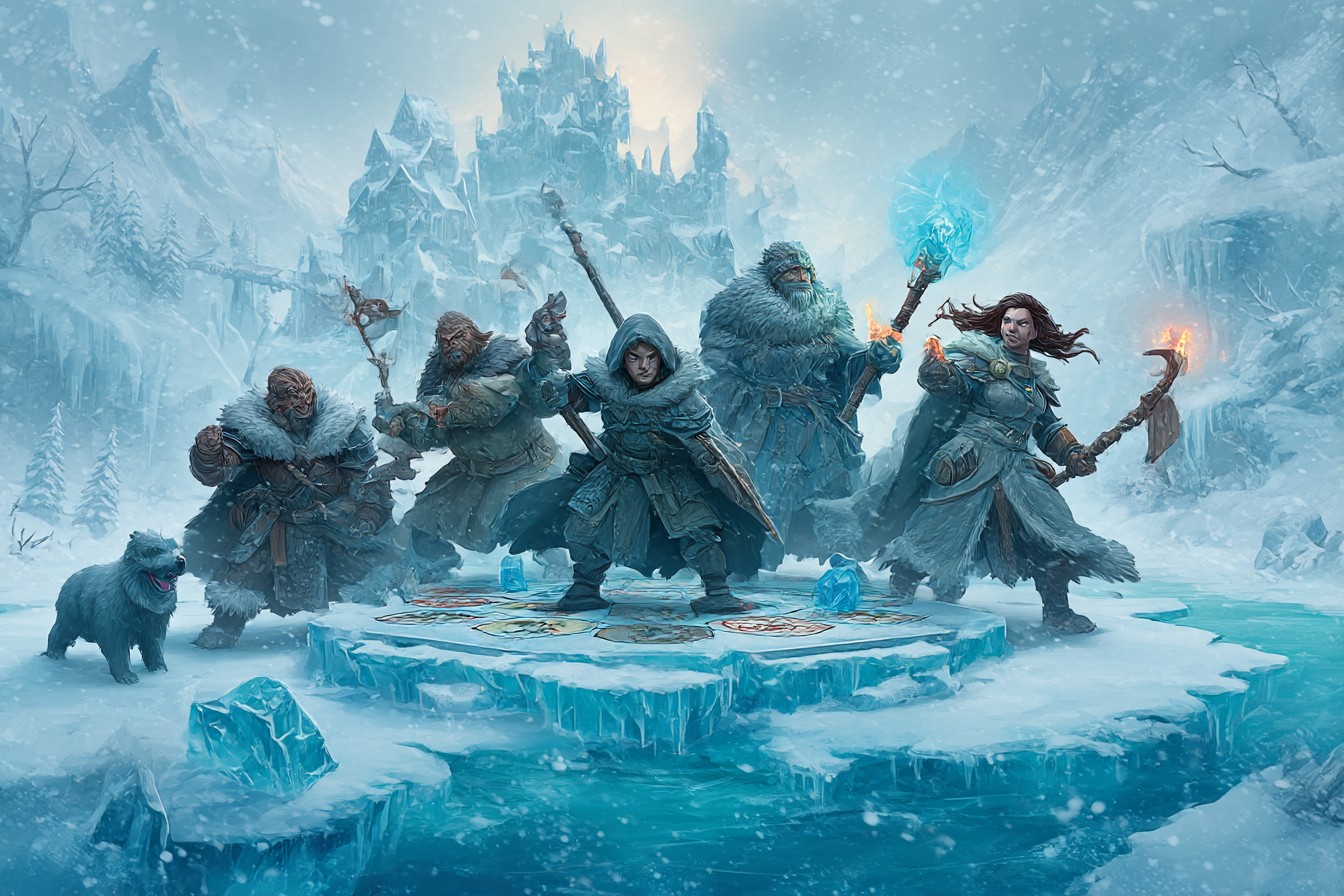
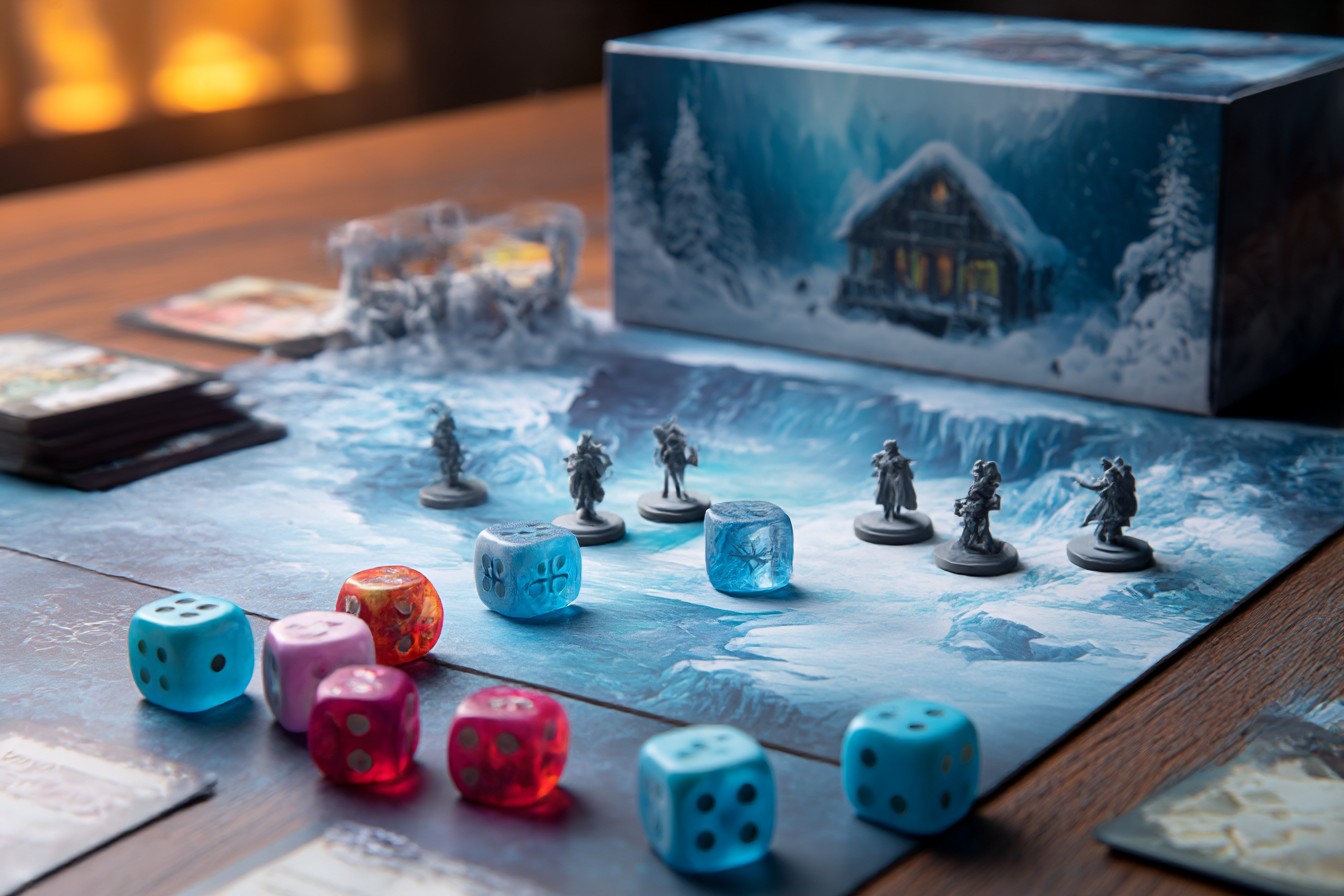
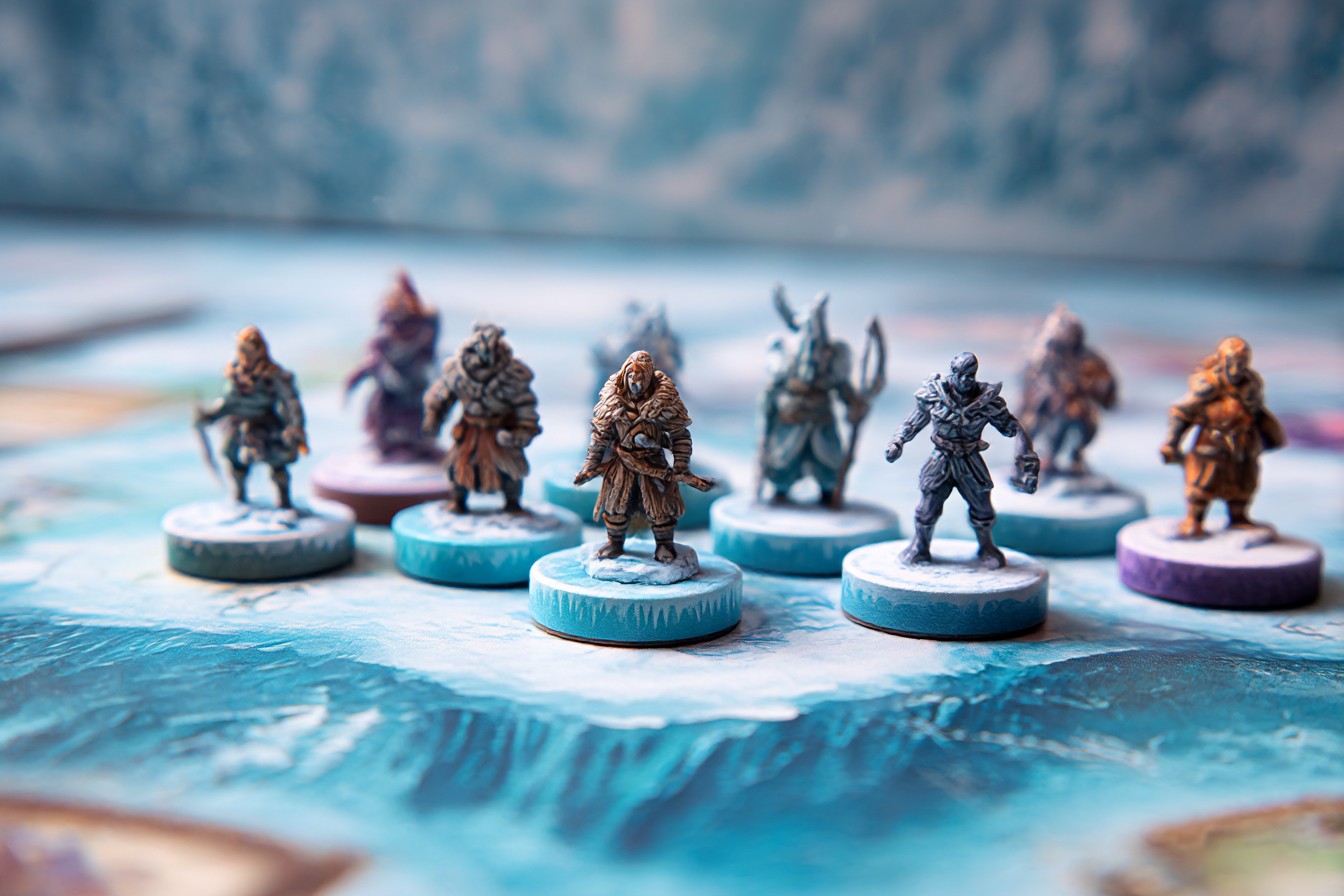
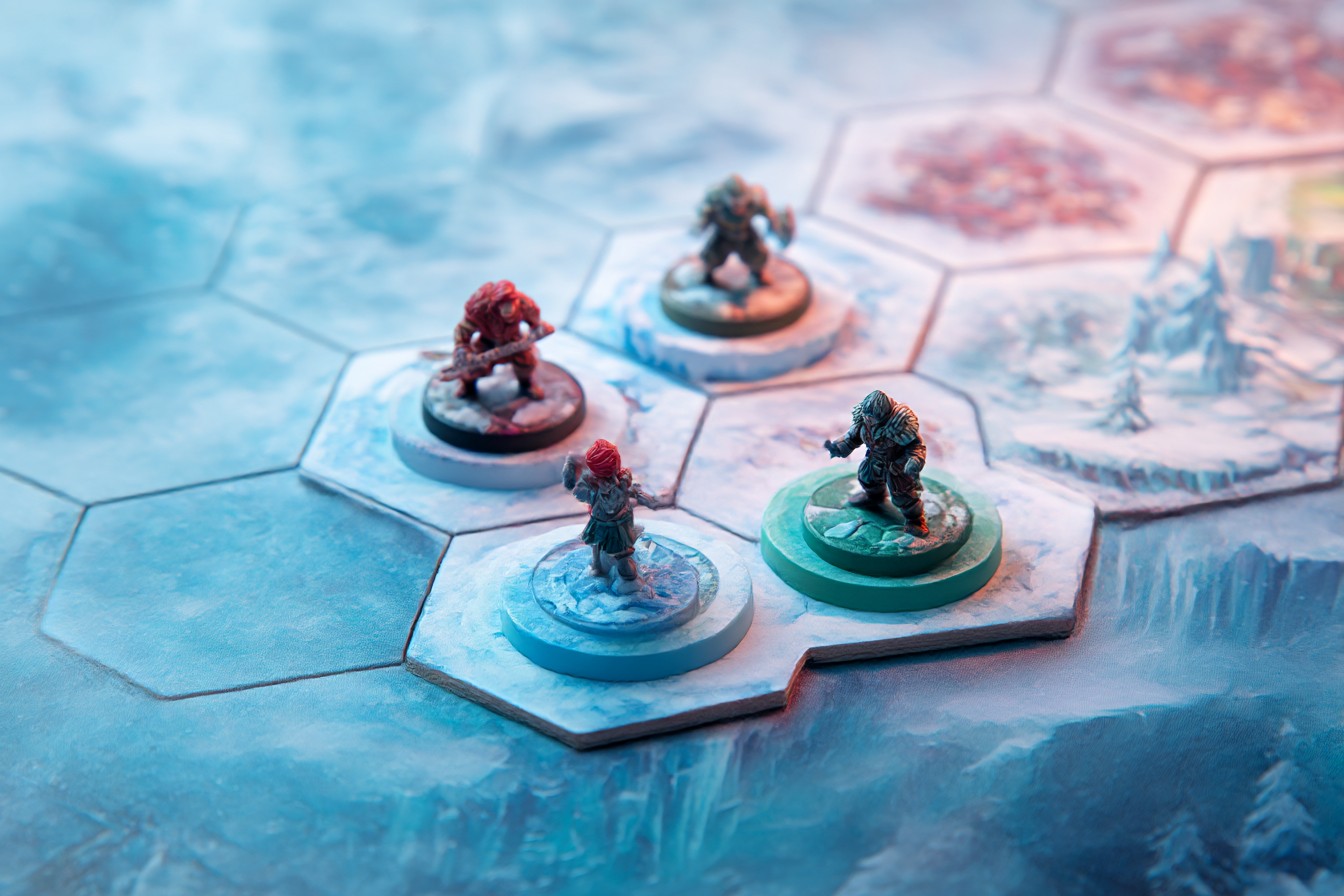
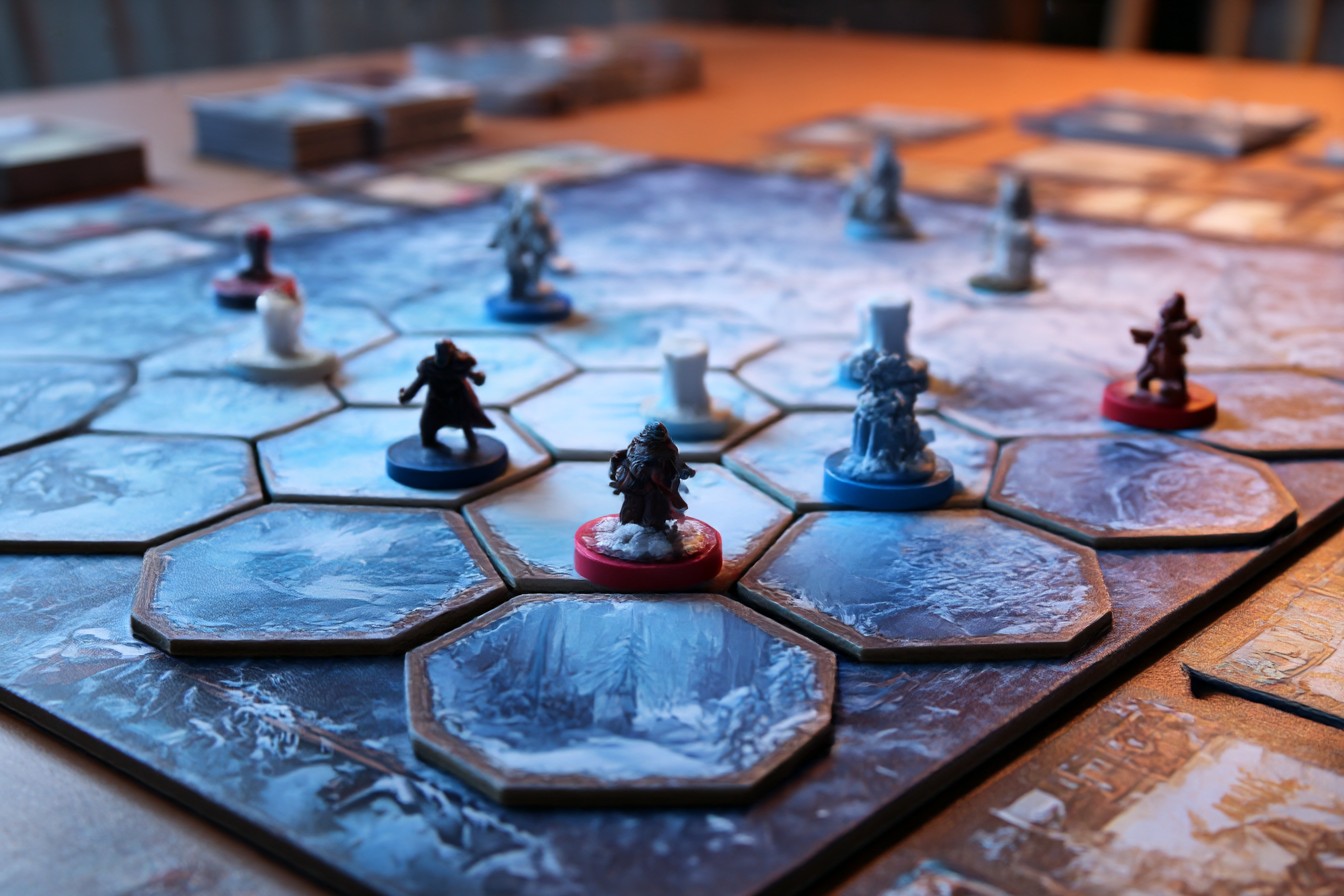
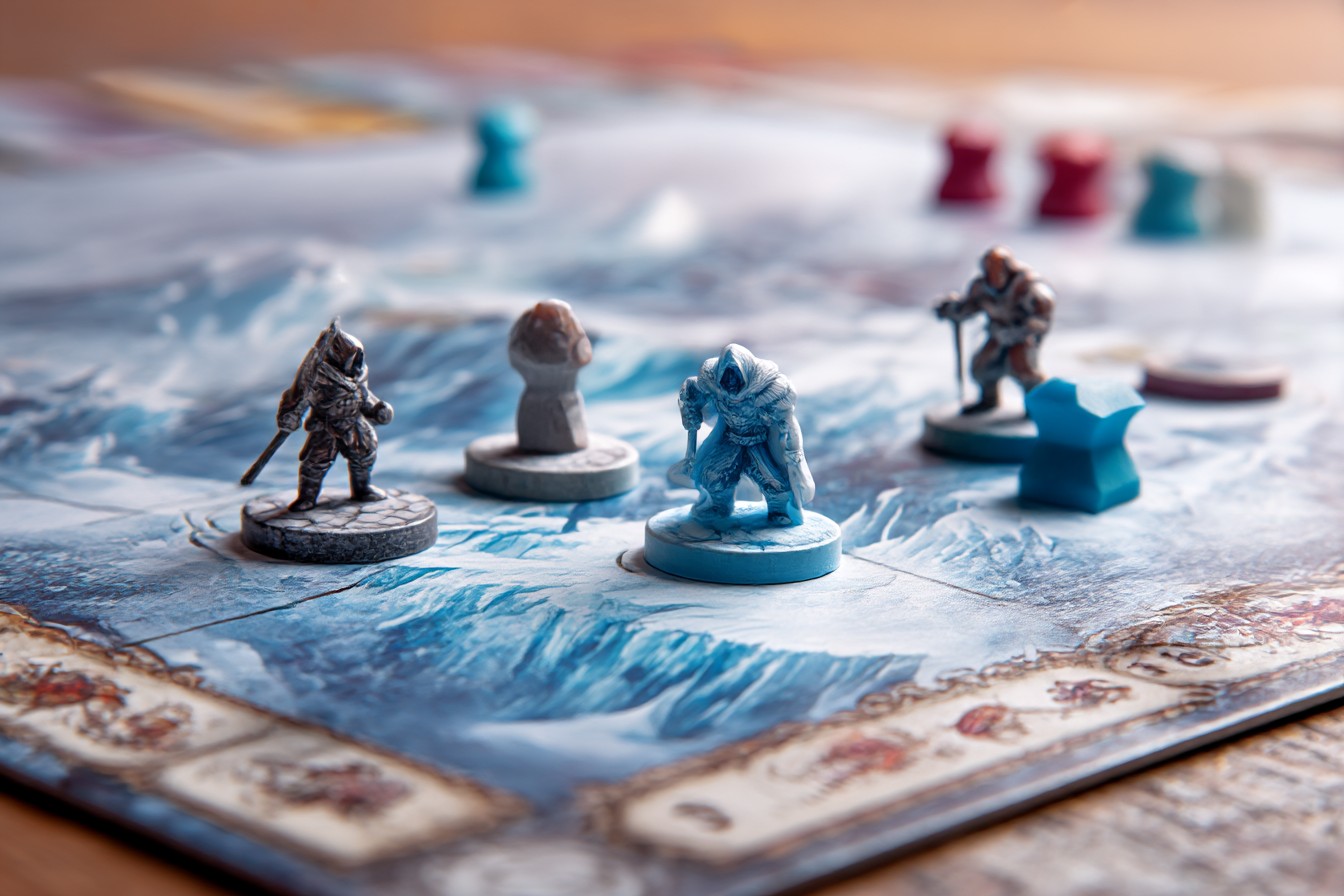
Leave a Reply